An electric scooter’s throttle is an important and often overlooked component. Even if all the other components are top-notch, a poor electric scooter throttle can only get you mediocre riding quality.
With numerous types available, choosing the right one may be confusing.

Electric scooter throttle
A throttle is an electric scooter component that is used to regulate the vehicle’s speed and acceleration. It is mounted on the handlebar of an electric scooter through a circular opening that the handles go through. The controller of the e-scooter communicates with the throttle through a cable to change the speed of the motor. There are 4 main types of electric scooter throttles: thumb, twist, wheeled, and trigger throttles.
In this guide, we’ll take an in-depth look at electric scooter throttles, learning all about their types, specifications, working mechanisms, pros and cons, etc.
How does an electric scooter throttle work?
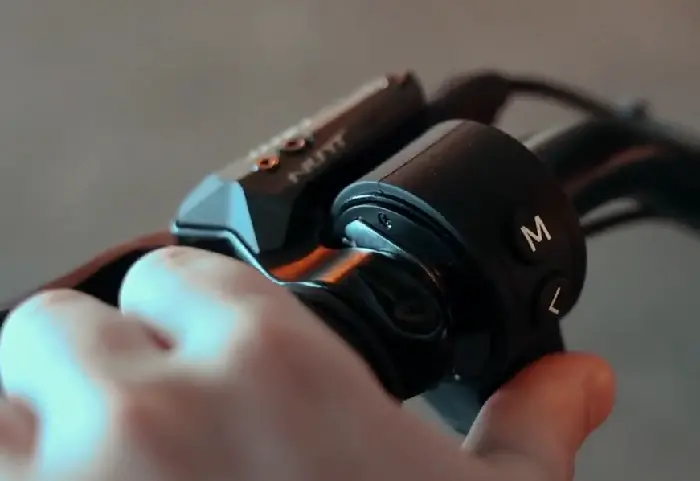
An electric scooter throttle is connected to the vehicle’s controller, which regulates the voltage and current flow to the motor. When a rider activates the throttle, a signal is sent to the controller to start turning the motor.
As the rider engages the throttle more to accelerate the scooter, the controller allows more current and voltage to the motor so that it turns faster and speeds up the scooter. As you accelerate, you can see your real-time speed on the scooter’s display and adjust the throttle accordingly.
When the rider starts to gradually let go of the throttle, the speed of the scooter is decreased.
Electric scooter throttle specifications
| Specification | Metric |
|---|---|
| Voltage | Volts (V) |
| Resistance | Ohms (Ω) |
| Current | Amperes (A) |
| Cable length | Meters (m) |
| Internal diameter | Millimeters (mm) / Inches (in) |
If you want to learn the details about the throttle mechanism or plan on replacing your electric scooter’s original throttle, the best way to determine a throttle’s performance is by looking at its specification sheet.
A throttle’s voltage and current ratings should match those of the scooter’s battery or motor. If the ratings are too low, the best possible speed will not be achieved, and if they’re too high, there’s a risk of damaging the components of the electric scooter.
The resistance determines how responsive the throttle will be when the rider pushes the throttle to accelerate the scooter. Low resistance means faster response, but the resistance should also be high enough to prevent voltage spikes that can damage the motor.
The cable length usually depends on how far the throttle is from the controller. A shorter cable length is preferred because longer cables will have more resistance.
Another important specification of a throttle is the internal diameter of its opening through which the electric scooter’s handlebar is supposed to pass. If the internal diameter is too small for the handlebar, it will be difficult to mount the throttle on it.
Usually, the connector type is also mentioned in the specification of a throttle. This informs on how the throttle and scooter will be connected electrically. Some connections, like plug-and-play, are more convenient than others.
What are the different types of electric scooter throttles?
Following are the 4 types of throttles that are found in electric scooters.
Thumb throttle
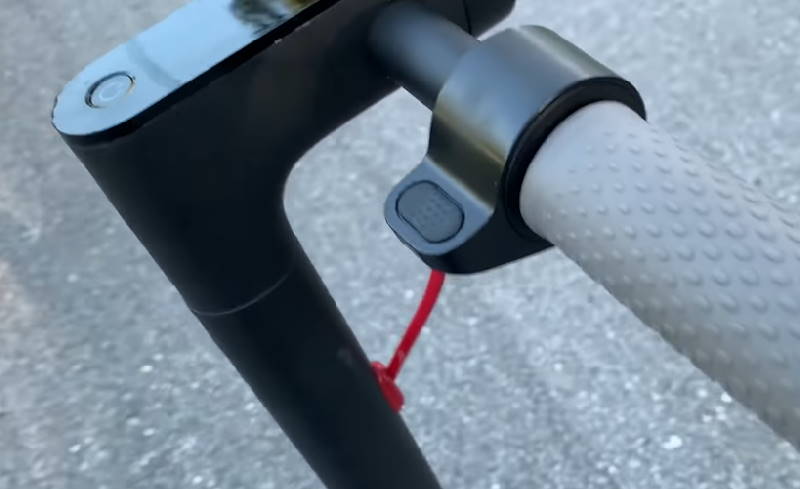
Thumb throttles are the most popular type of throttle found in electric scooters.
The throttle is activated by pushing down on a small lever with your thumb. As a part of their ergonomic design, the lever is always at a short reaching distance from your thumb so that you can effortlessly control the speed of your electric scooter while riding.
The more the thumb lever is pushed down, the faster the electric scooter will go. Always increase the speed gradually, because moving the lever at once can make you lose control of the scooter.
While you get better control over the speed with a thumb throttle, some riders find the levers hard to use when wearing gloves. Also, most thumb throttles don’t have a plug-and-play connector, so they aren’t as easy to replace or upgrade.
Twist throttle
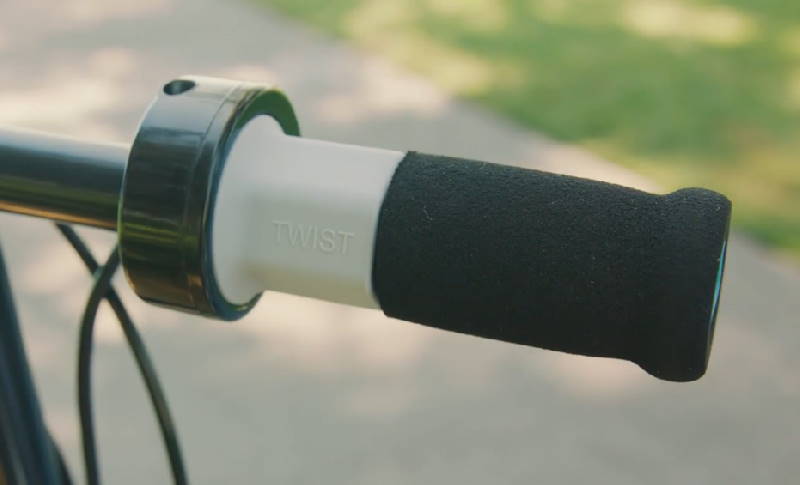
A twist throttle is similar to the throttle found on a motorcycle and is activated by twisting the handlebar. The more you twist the throttle away from yourself, the more your scooter will accelerate and increase in speed. With a twist throttle, you might get more control over the speed because it requires having a firm grip on the handlebar.
Twist throttles come in two types: full-twist and half-twist. To reach maximum acceleration with a full twist throttle, you’ll need to twist the handlebar a complete 360° or close to that. On the other hand, with a half-twist throttle, you’ll only have to twist the handle to 180° to get maximum acceleration.
A complaint that some riders have with twist throttles is that they make their wrists hurt during long rides. While some riders may consider this a dealbreaker, others who are used to riding motorcycles will find a twist throttle more convenient because of its familiarity.
Trigger throttle
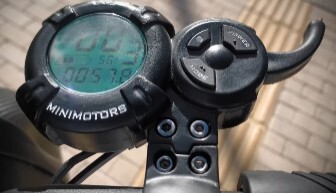
A trigger throttle is pretty much the same as an electric scooter thumb throttle when it comes to function. The only difference is that you use your forefinger or middle finger instead of your thumb to pull it down. The trigger-shaped throttle is usually located a few inches above the handlebars but still within easy reach of your middle and forefinger.
While trigger throttles are great for high-performance electric scooters and are easier to replace than other throttles, they also have their downsides. Many riders complain that using your forefinger frequently to pull the trigger mid-ride is inconvenient and can often cause cramps, also known as “finger fatigue”.
Wheel throttle
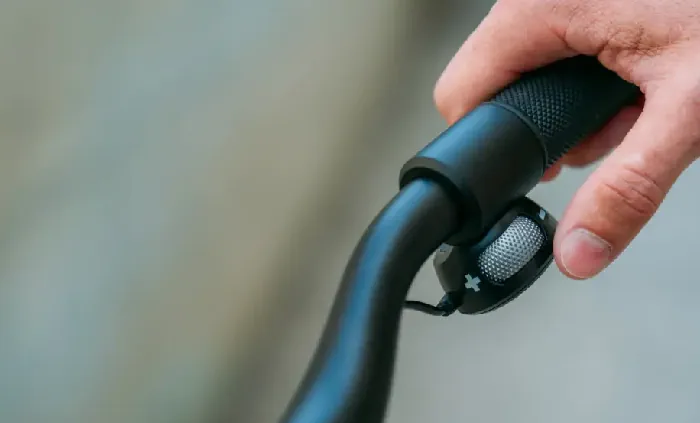
A wheel throttle is a type you’ll rarely find on a scooter, despite its ergonomic design. It is typically positioned on the handlebar near the thumb of the rider. The throttle is fitted with a wheel and labeled with a positive and negative symbol on each of its sides.
Rolling the wheel with your thumb towards the positive sign will accelerate your electric scooter while rolling it towards the negative symbol will slow or stop it using regenerative braking.
I think the overall design and operation of this throttle is pretty cool. It’s just that you’ll have a hard time finding a replacement if you ever need one because they aren’t that popular.
Full twist vs half twist throttle
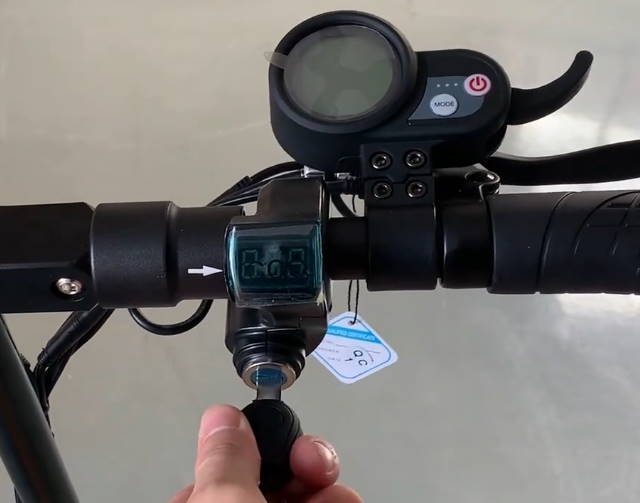
A full-twist throttle is designed to rotate around the handlebar grip, while a half-twist throttle only turns halfway. The maximum acceleration will be the same for both types, but a full twist throttle is more capable of fine-tuning the speed. Using a half twist, the acceleration process may seem a bit jerky.
That being said, most riders still prefer half-twist throttles over full ones because you don’t have to keep them twisted to maintain speed. Keeping a full twist throttle constantly twisted can fatigue your hands and cause cramps.
So, in general, a half-twist throttle is less tiring and more intuitive because of its simpler design.
Thumb throttle vs twist throttle
A thumb throttle has a simpler design because it only requires you to use your thumb. An electric scooter twist throttle, however, requires you to use all your fingers to grip and twist the handlebar. Thumb throttles also have a more ergonomic design than twist throttles because they allow riders to have a more natural grip on the handlebars.
A full twist throttle will give you a wider speed range than a thumb throttle, so it is better at fine-tuning your speed. However, a thumb throttle is still more intuitive, which is why it’s found installed in the vast majority of electric scooters.
Watch this video for more details on how both throttle types compete against each other.
Which throttle type is the best?
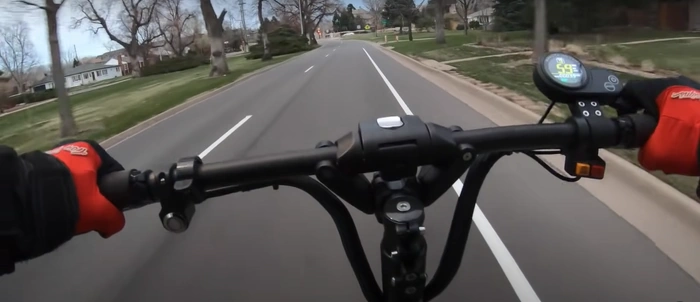
With each throttle having its own advantages and disadvantages, the better throttle is the one that meets your preferences best. Most riders either go for a thumb or half-twist throttle.
If you want a more comfortable throttle that requires less wrist work, go for a thumb throttle. This is also my preferred throttle of choice.
On the other hand, if you want more precise control over your speed, go for a half-twist throttle. I know multiple people who have replaced their thumb throttles for twist ones because they look and feel cooler and haven’t looked back.
Common electric scooter throttle problems and how to fix them
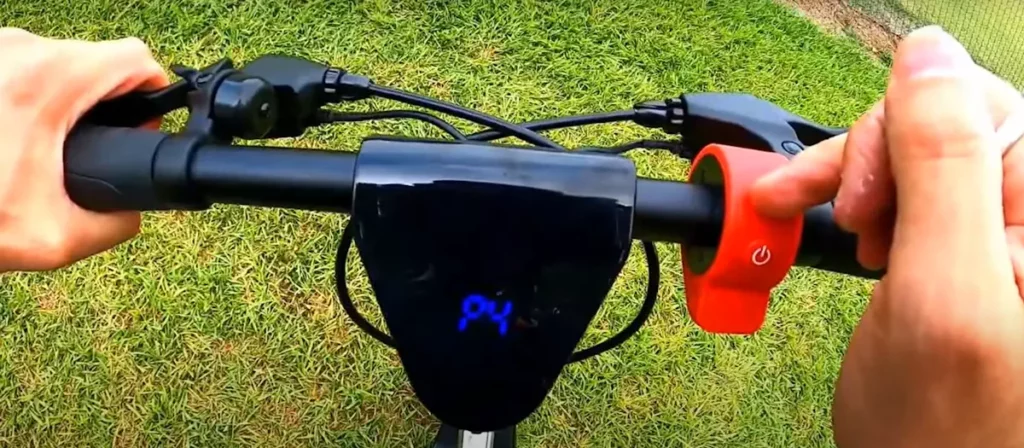
These are the most common problems found in electric scooter throttles.
Unresponsive throttle

If the throttle is not responding when you use it to accelerate your electric scooter, it could be because of corrosion or dirt stuck in it. Try cleaning it with a microfiber cloth or air compressor. You can also use a soft-bristled brush to get into the tight spaces.
Also, check if the cable is fine and if there are any signs of damage.
If the cable looks good and the throttle still doesn’t work after cleaning, it’s best to get it checked by a professional. The issue doesn’t necessarily have to be with the throttle – it could also be the controller or some other component acting up.
Unintended acceleration
If your electric scooter keeps accelerating even after you’ve released the lever, make sure the throttle isn’t jammed in the accelerating position.
Inconsistent speed
If your electric scooter is failing to ride at a consistent speed, check if the throttle is properly connected to the controller. Also, check the cable for any damage that could be causing the poor flow of electric current.
Difficulty controlling speed
If the electric scooter isn’t responding to the speeds you’re setting on the throttle as well as it used to, or you aren’t getting precise control, there could be a problem with the settings of the scooter.
Try adjusting the sensitivity and response settings to see if it fixes the problem. You can find how to do that in the scooter’s user manual, and it’s often done through the electric scooter’s app.
Most of the time, these problems can easily be solved by the methods I’ve recommended. If they persist, you should get the scooter checked by a professional in case anything requires a replacement.
What to look for in an electric scooter throttle?
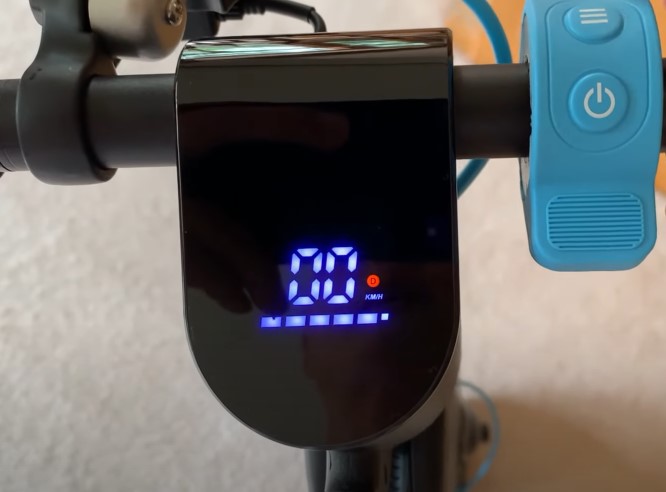
When looking for a new electric scooter throttle, here are some things you should consider.
Throttle response
How well and fast your throttle responds to activation will play a big role in the performance of your electric scooter. This is especially important when you’re riding on an unpredictable terrain.
A throttle with lower resistance will likely be more responsive to quick acceleration and offer better control in emergency situations.
IP rating

The IP (Ingress Protection) rating of the throttle will tell you how well-protected it is from dirt and water. An IP rating is made up of two digits. The first ranges between 0-6, telling you the throttle’s protection ability against dirt. Protection against water is expressed by the second digit, which can range from 0-8.
The higher the IP rating, the better the protection.
Grip and comfort
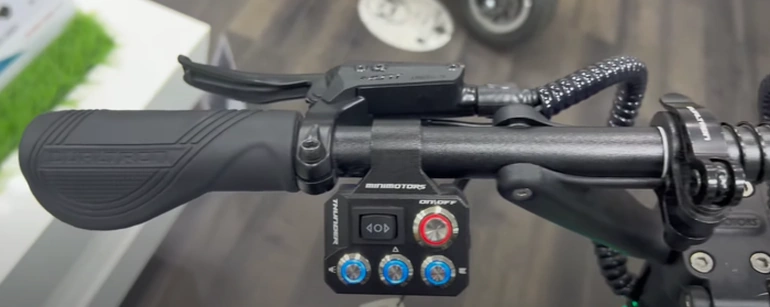
For a better riding experience, the throttle of your electric scooter should have a good grip and be located at an optimal position on the handlebar. Try different types of throttles to see which throttle operation technique you find easier and more comfortable.
Ease of installation
You may want or have to get an electric scooter throttle replacement in the future, so it’s always good to get throttles that can easily be removed later. Look for a plug-and-play connector to ensure that any future replacements can be done smoothly.
Material
The throttle will control the speed of your electric scooter, so you don’t want one made out of cheap material that can easily get damaged. Losing control of your scooter’s speed can result in falls and collisions. There will be tempting cheaper options in the market, but go for a throttle manufactured by a reliable company.
They use high-quality materials, advanced production techniques, and rigorous safety testing methods.
Compatibility
Make sure your throttle is compatible with the rest of your electric scooter components. An incompatible throttle will either cause the scooter to perform poorly or damage its other components.
How to maintain my electric scooter throttle?
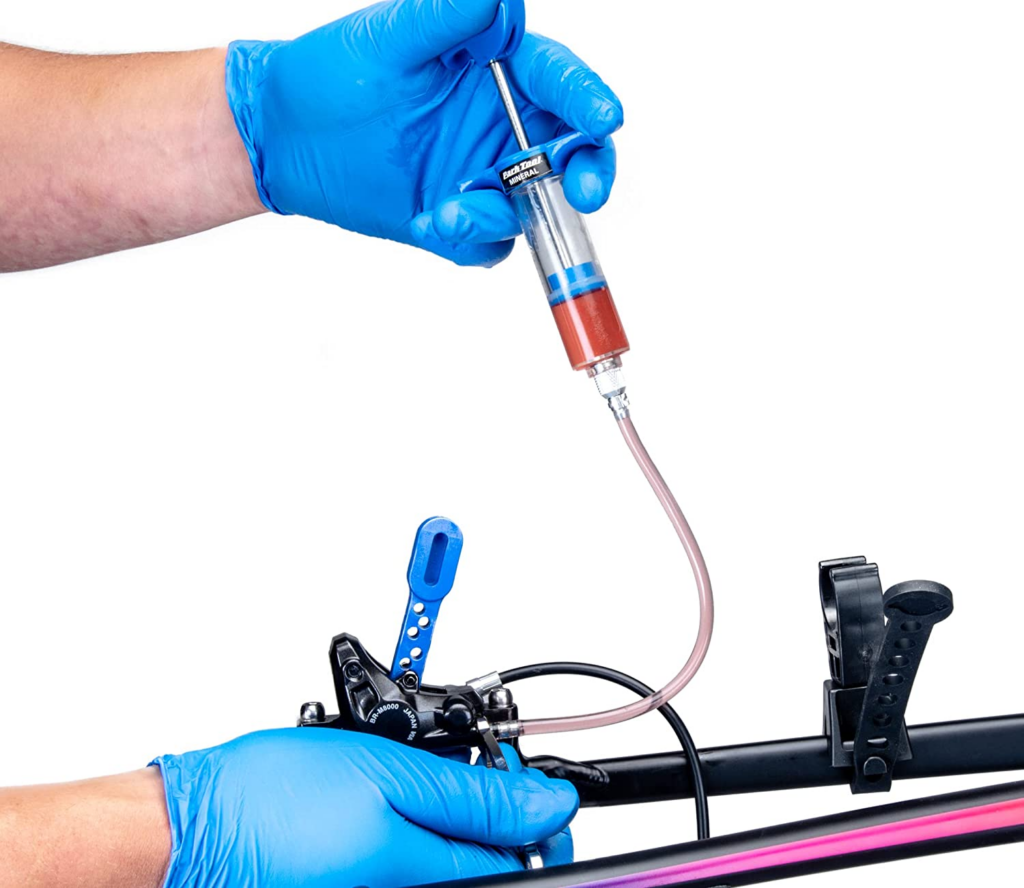
For consistently high performance, you must maintain the throttle using the methods described below.
Clean it regularly
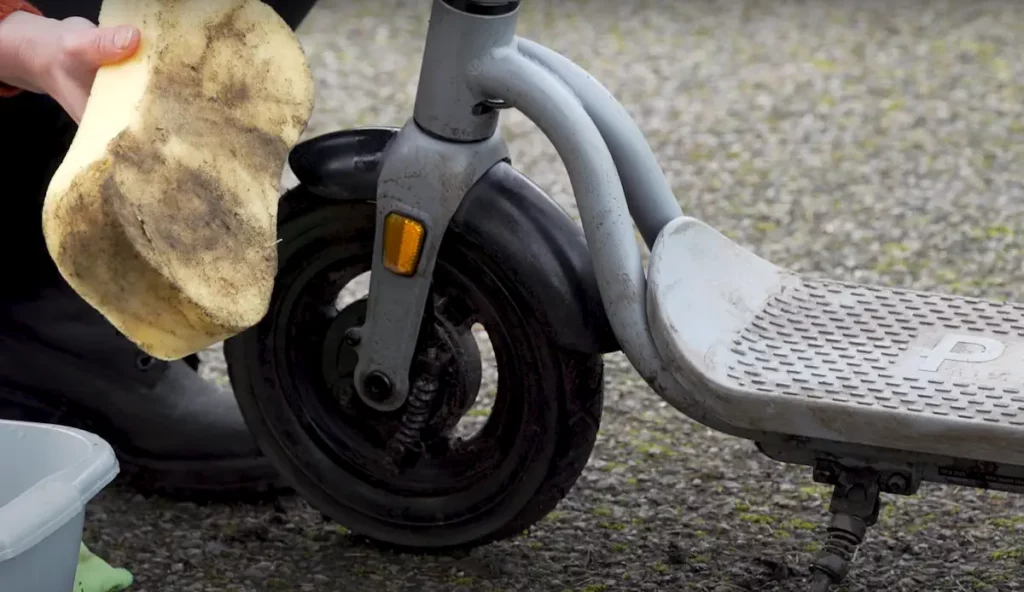
Like with any other electrical component, cleaning an electric throttle regularly is a major part of its maintenance.
Riding your electric scooter frequently can often result in dirt accumulation around the throttle. This can affect its sensitivity and responsiveness, decreasing the overall speed performance of your electric scooter.
Use a microfiber cloth to clean the throttle and a soft-bristled brush to remove any dirt stuck in the tight spaces. Also, clean the connecting cables and make sure you don’t skip both of its ends.
See my guide on how to clean your electric scooter for more general cleaning tips and how to fit cleaning your throttle into your routine.
Check the cables for damage
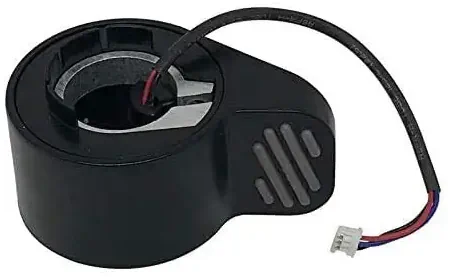
A lot of common electric scooter throttle problems arise because of a faulty cable. The cable is the main medium of communication between the controller and the throttle. If it gets damaged, you’ll lose control over the acceleration and speed of your electric scooter.
Regularly check your cable for any damage, especially after your scooter gets into a nasty fall or collision. If you do find something, like tearing on its outer covering, repair it before the damage worsens.
Lubricate the moving parts
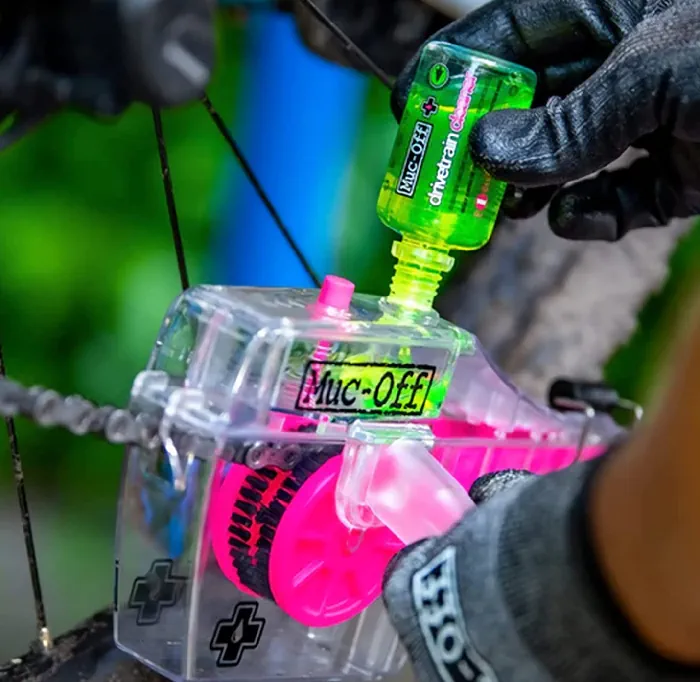
The main moving part of a throttle is the mechanism through which you activate it. This can differ according to the type of throttle you have installed. To ensure smooth movement of the lever, trigger, wheel, or handlebar, lightly lubricate these parts whenever you feel their movement has become restricted.
Ensure that the connections are not loose
To ensure seamless communication between the throttle and controller, check that the connections are not loose at each end of the cable. Also, check the screws that keep the throttle mounted on the handlebar of your electric scooter.
If they’re loose, take a suitable tool and tighten them up so you don’t have problems using the throttle mid-ride.
Store the scooter correctly
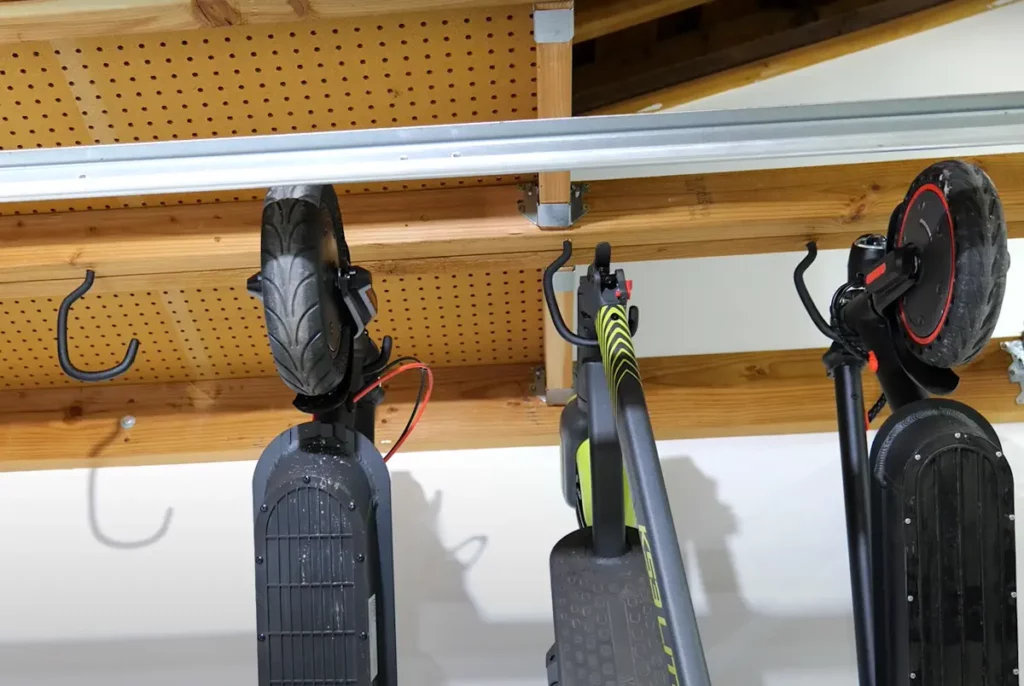
The throttle is constantly exposed to dust and humidity because it’s mounted on top of an electric scooter’s handlebar. If you don’t store the electric scooter correctly, the chances of dust accumulation and damage from humidity on the throttle are pretty high.
Make sure you store your electric scooter in a clean and dry place with a waterproof cover.
FAQs
Converting a pedal-assist bike to a throttle is possible in some cases, but check the bike’s compatibility and consult professionals for safety and warranty considerations.
The best throttle for a scooter depends on personal preference, with options including thumb throttles for precise control, half twist throttles for intuitive handling, and full twist throttles for a broader range of control.
The preference between a half twist and full twist throttle for an electric scooter is subjective. Some prefer the precision of a half twist, while others like the broader control of a full twist. It’s all about personal comfort and riding style.


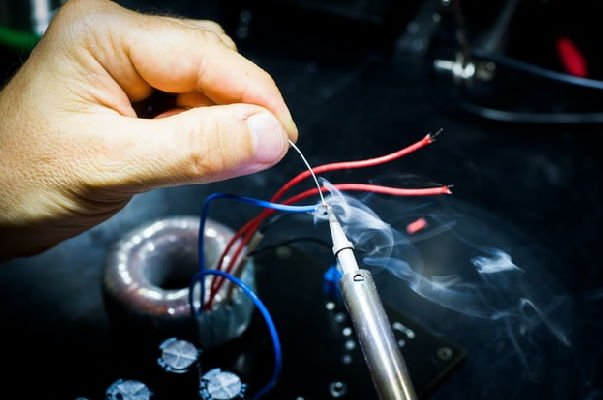
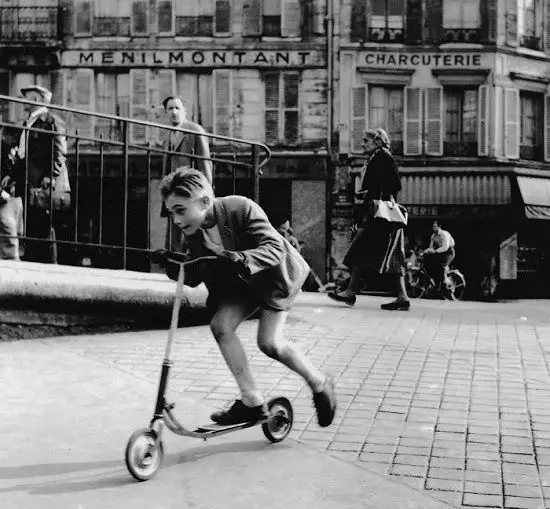


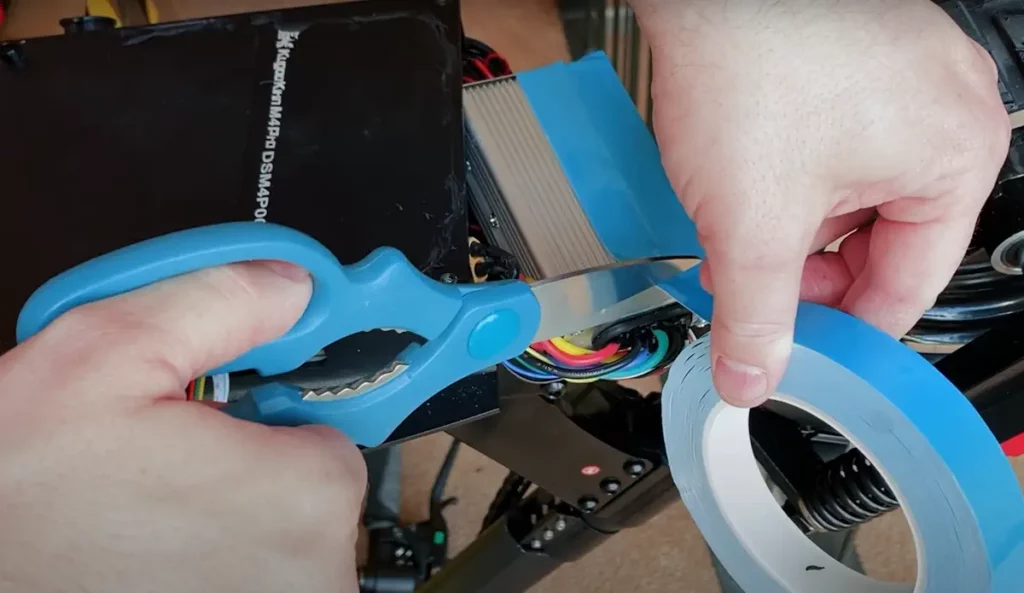
Something to consider – if the scooter is 3+ years old, sometimes the throttle may just need a restart. I had a GoTrax and sometimes this happened.
I don’t think I’ve heard of this issue, but it’s great to know, thank you!